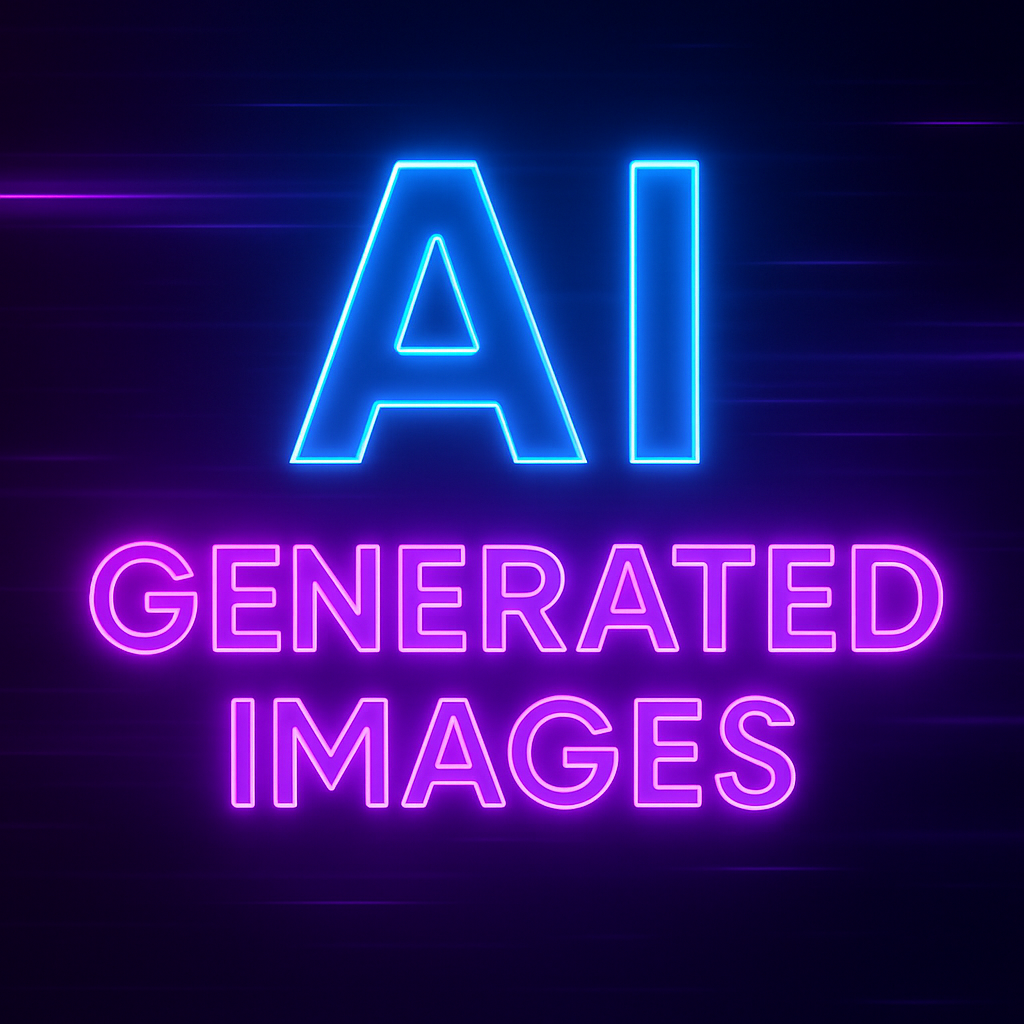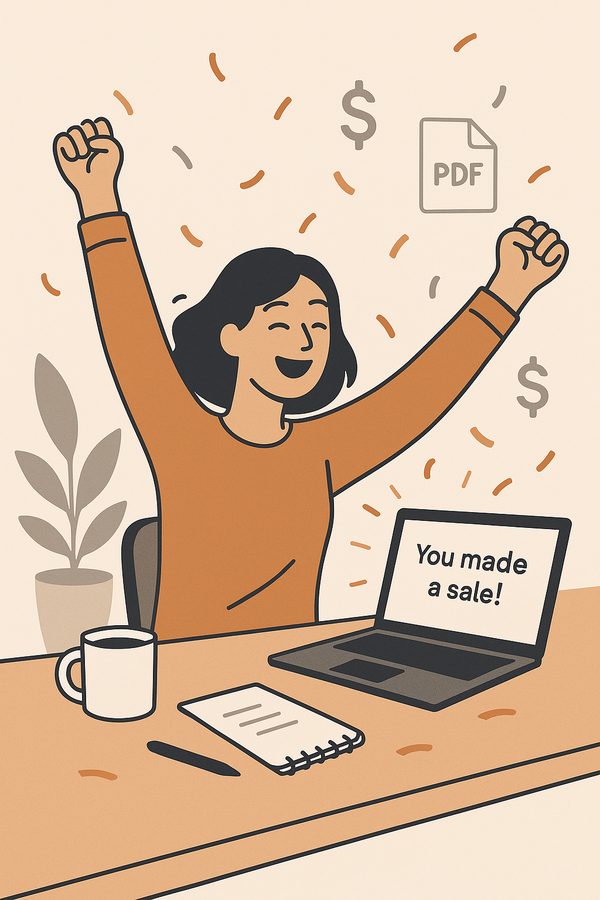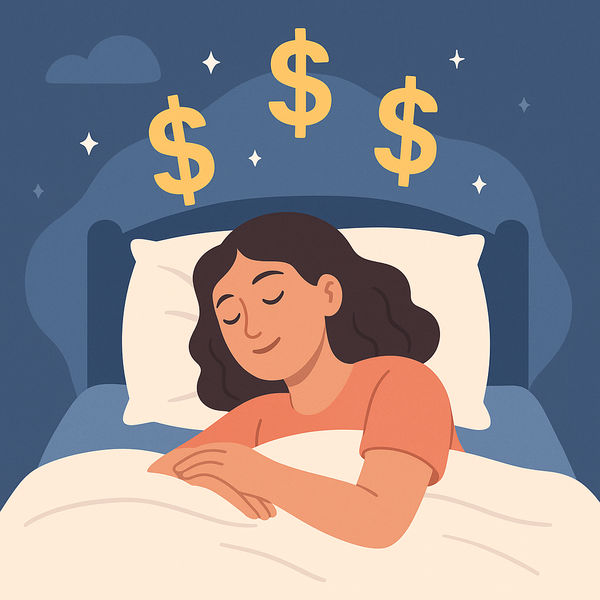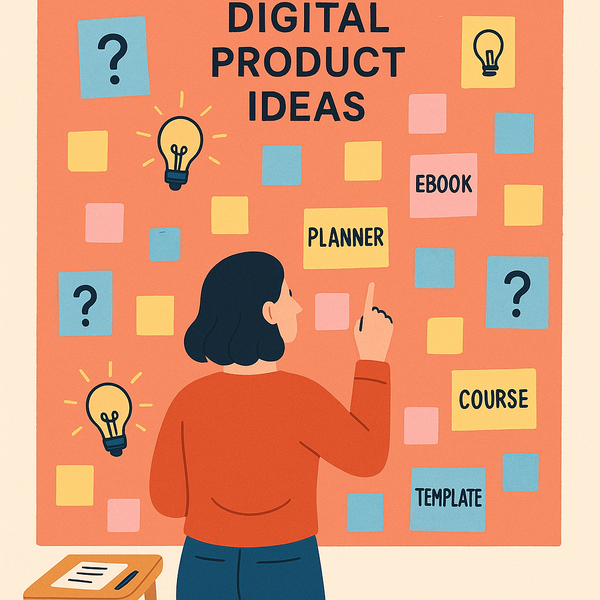How to Make Money Selling AI-Generated Images in 2025: A Step-by-Step Guide

The rise of tools like MidJourney, DALL·E, and Stable Diffusion has made it easier than ever to create beautiful, high-resolution images — without a camera or traditional design skills. But can you turn those AI-generated visuals into income?
The answer is yes — with a smart approach.
This guide breaks down exactly how to monetize AI art and stock images in 2025, even if you're just getting started.
Step 1: Understand What’s Allowed
Before you begin, it's critical to know where and how you can legally sell AI-generated images.
Platforms that do allow AI-generated content:
- Adobe Stock – Accepts AI-generated images if clearly labeled.
- Creative Fabrica – Popular for selling design bundles and digital resources.
- Gumroad / Payhip / Lemon Squeezy – Great for direct sales of image packs.
- Etsy – Allows printables and digital art made with AI, as long as it doesn’t infringe on trademarks or copyrighted styles.
Platforms that don’t (or limit AI content):
- Shutterstock – Only allows AI content if created through their own integrated tools.
- Getty Images – Does not accept AI-generated images due to licensing concerns.
Licensing Reminder:
If you're using MidJourney, ensure you're on a paid plan — only paid users have commercial rights to the art they generate. For other tools, always read the terms of use.
Step 2: Choose a Monetization Strategy
You can't just upload random images and expect them to sell. Instead, package your AI art around a specific use case or audience.
Proven monetization models:
- Niche image packs (e.g., “Vintage botanical illustrations” or “Cyberpunk cityscapes”)
- Digital products with visuals (e.g., wall art, coloring books, clip art bundles)
- Commercial-use licenses (e.g., for YouTubers, coaches, or game devs)
- Print-on-demand assets (e.g., designs for posters, apparel, stickers)
Pick a path that fits your skillset and interests.
Step 3: Generate Quality Images with AI
Use a tool like MidJourney, DALL·E, or Leonardo AI to create your content.
Tips for creating high-quality AI images:
- Work in cohesive batches with similar prompts or themes
- Use consistent aspect ratios and resolution
- Avoid generic images — the more niche, the better
- Post-process in Photoshop or Canva for polish (optional but valuable)
Be intentional. For example, instead of “cat,” try “hand-painted watercolor of a Maine Coon cat sitting under cherry blossoms — white background.”
Step 4: Package Your Images for Sale
How you present your content is just as important as the images themselves.
For digital bundles:
- Organize into folders (e.g., "Cyberpunk Background Pack – 20 JPGs")
- Include a simple license document (personal vs commercial use)
- Create a clean cover graphic for the product listing
For printables:
- Format to printable sizes (e.g., 8x10, A4)
- Add optional variations: black and white, text overlaid, etc.
- Export in high-resolution PDF or PNG formats
Well-packaged products appear more professional and command higher prices.
Step 5: Set Up a Storefront
| Platform | Best For |
|---|---|
| Gumroad | Fast direct sales, bundles, licensing |
| Etsy | Digital printables, clip art, wall art |
| Creative Fabrica | Font/textile-style packs, AI art |
| Lemon Squeezy | Clean checkout and EU tax compliance |
| Payhip | Great for free + paid content mix |
Choose one platform and launch a single product to test the waters.
Step 6: Drive Traffic to Your Listings
Once your product is live, you'll need visibility.
Free traffic channels:
- Pinterest: Create visual pins that link back to your product
- TikTok / YouTube Shorts: Showcase your AI art as a time-lapse or use-case demo
- Instagram: Post mini galleries, process reels, or mood boards
- Reddit / Discord: Share in relevant creative communities (but avoid spamming)
Optional paid traffic:
- Promoted Etsy listings
- Pinterest Ads for art-related searches
- Instagram Ads for visual bundles or wall prints
Consistency and strong visuals matter more than high follower counts.
Step 7: Price Your Work and Scale
Pricing varies based on value and use case:
| Product Type | Starter Price Range |
|---|---|
| Digital art bundles | $5 – $25 |
| Wall art printables | $7 – $27 |
| Commercial-use packs | $15 – $100+ |
| Clip art or design sets | $10 – $35 |
As you gain traction:
- Bundle related products
- Launch themed collections
- Offer commercial licenses at a premium
- Build a small email list to relaunch and upsell
Final Thoughts: Is Selling AI Art Worth It?
Yes, but only if you:
- Focus on specific niches and use cases
- Add value through curation, packaging, or design context
- Respect platform rules and intellectual property boundaries
- Treat it like a business, not a quick cash grab
AI tools are just that — tools. The creators who win are the ones who use them strategically to build real solutions for creative buyers.




